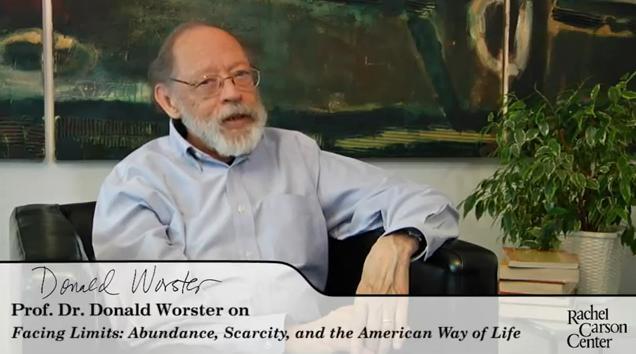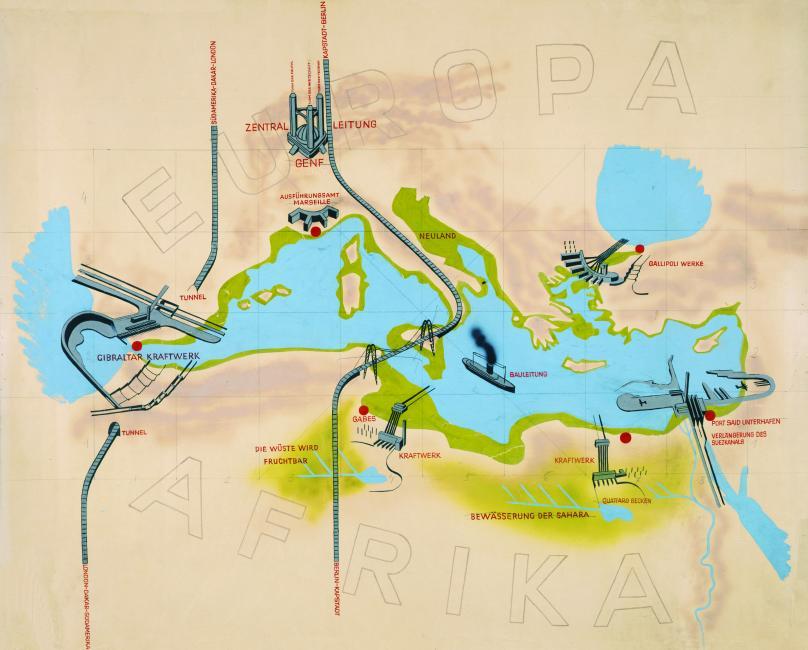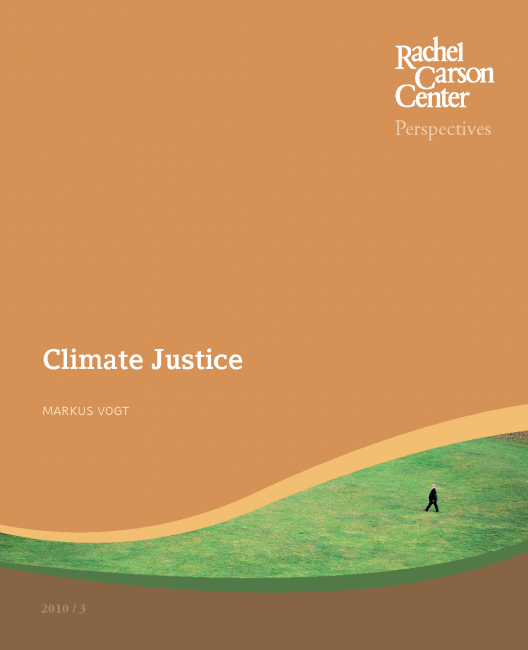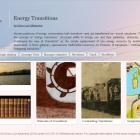Imagining Transitions
Another important lesson from past energy transitions is that incumbent energy sources and energy services do not fade away just because their competitive edge is lost. Under certain conditions, they react to and counter the competitive threat. To defend their profit margins, businesses fight back and set in motion a new cycle of investments aimed at furthering efficiency, seizing new markets, and reacquiring leverage. Dubbed the “last gasp” in the techno-economic literature, older technologies try to capitalize on competitors’ innovations either by copying and adapting them, making hybrid products that ensure a foothold in new markets, or further specializing them in applications best suited to the older technology. The recent evolution of car makers into hybrid vehicle producers, for instance, is driven by the intent to safeguard sunk investments in the long-established internal combustion engine manufacturing technology by adding the electric drive to oil-fueled powertrains. Thus, the incumbent oil-based technology seizes a strategic position in future markets and can adapt flexibly to the changing oil prices: users may opt either for a standard “hybrid-electric vehicle” in which the internal combustion engine works as the primary system with an electric motor supporting the main motor or covering short distances, or a “plug-in hybrid-electric vehicle” in which the primary power system comes from a rechargeable battery while a small on-board internal combustion engine works primarily to boost this recharging process.
The original exhibition features an interactive gallery of items from the Environment & Society Portal’s multimedia library with a focus on imagining transitions. View the items on the following pages.
Gallery 3: Imagining transitions

Scrennshot, “Interview with Donald Worster I. Facing Limits: Abundance, Scarcity, and the American Way of Life.”
Environmental thinking brings the debate about alternative futures to the fore. The tendency to look ahead and envision feasible global outcomes places individuals within the perspective of imagining transitions. In this interview, Donald Worster reflects on the circumstances surrounding the making of the book Limits to Growth (1972) and the worldwide controversy then triggered. The study argued that continued global economic growth would lead to planetary limits being exceeded sometime in the twenty-first century, most likely resulting in the collapse of the economic system. Not by accident, the integrated global computer model developed by the “Limits to Growth” team was labelled “World3.”
Niepytalska, Marta, “Interview with Donald Worster I. Facing Limits: Abundance, Scarcity, and the American Way of Life.” Carson Fellow Portraits. Directed by Alec Hahn. Filmed May 2011. MPEG video, 3:52. http://www.environmentandsociety.org/node/3427

Arcadia 2012, no. 9.
An insight into this brave new world arises out of the proposal from the architect Hermann Sörgel to build a giant dam across the Strait of Gibraltar, Alantropa. Designed to be the world’s largest hydroelectric facility, it aimed to provide half of Europe’s electricity needs.
Mauch, Felix. “Atlantropa – Endless Energy from the Mediterranean Sea.” Environment & Society Portal, Arcadia 2012, no. 9. Rachel Carson Center for Environment and Society.
http://www.environmentandsociety.org/node/3864

Comic, “Solar Energy.”
Pioneering attempts to take advantage of solar energy so as to fuel a whole new type of transportation vehicles can also be found in the utopic comic series on “Solar Energy” by Sophie Artz.
Artz, Sophie. “Solar Energy.” Environment & Society Portal, Multimedia Library, 2014. http://www.environmentandsociety.org/node/6635
Published in Hamann, Alexandra, Reinhold Leinfelder, Helmuth Tischler, and Henning Wagenbrett, eds. Anthropozän – 30 Meilensteine auf dem Weg in ein neues Erdzeitalter. München: Dt. Museum, 2014.

Trailer for the film Switch.
Modelling virtual worlds and anticipating probable transition challenges furthermore is the theme of the film Switch, directed by Harry Lynch, which provides a balanced documentary account of the current energy crisis and possible transition paths. Aside from these attempts to imagine the future, many inventors have struggled to shorten the transition to such sunny societies through the discovery of “inexhaustible” sources of energy. Variants of technological utopias have again and again surfaced within research paradigms such as the study of perpetual motion engines, nuclear fission or fusion power.
Trailer for the film Switch. Directed by Harry Lynch. Austin: Arcos Films, 2012. HD, 98 min. http://www.environmentandsociety.org/node/7164

Cover, RCC Perspectives 2010, no 3.
In contrast with these visions of instantaneous technical transformations, the Markus Vogt reminds us how imagining the future might involve much broader ethical issues and social choices.
Vogt, Markus. “Climate Justice.” RCC Perspectives 2010, no 3. http://www.environmentandsociety.org/node/5566





From a long-term perspective, energy transitions are sustained by economic structures, specifically by the dynamics of relative prices. It was no accident that both the upswing in energy prices that marked the oil crisis of the 1970s and the escalation of oil and natural gas prices in 2004 provided a decisive push to conservation policies, renewable energy applications, and new technologies for fossil fuel exploration and extraction. A demand-side response to climate change has been to foster the low-carbon transition with carbon pricing programs such as emissions trading (a cap on aggregate emission levels) or carbon taxation (a tax levied on the price of carbon). This path has been hampered, however, by several problems, some stemming from the limited geographic scope of the initiatives, the diversity of targets, and the complicated revision of guidelines. In all probability, the transition towards a low-carbon economy will require a mix of policies on the demand side (prices and user habits) and on the supply side (fostering innovation).
Environmental thinking brings the debate about alternative futures to the fore. Individuals have long shown great ingenuity in envisioning positive global outcomes. Humans’ ability to meet this challenge depends on the capacity to look ahead and imagine feasible outcomes.
- Previous chapter
- Next chapter








